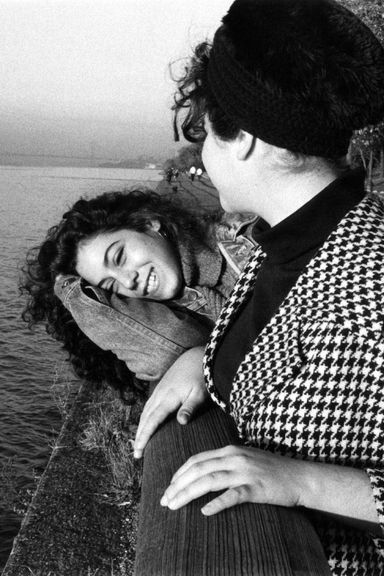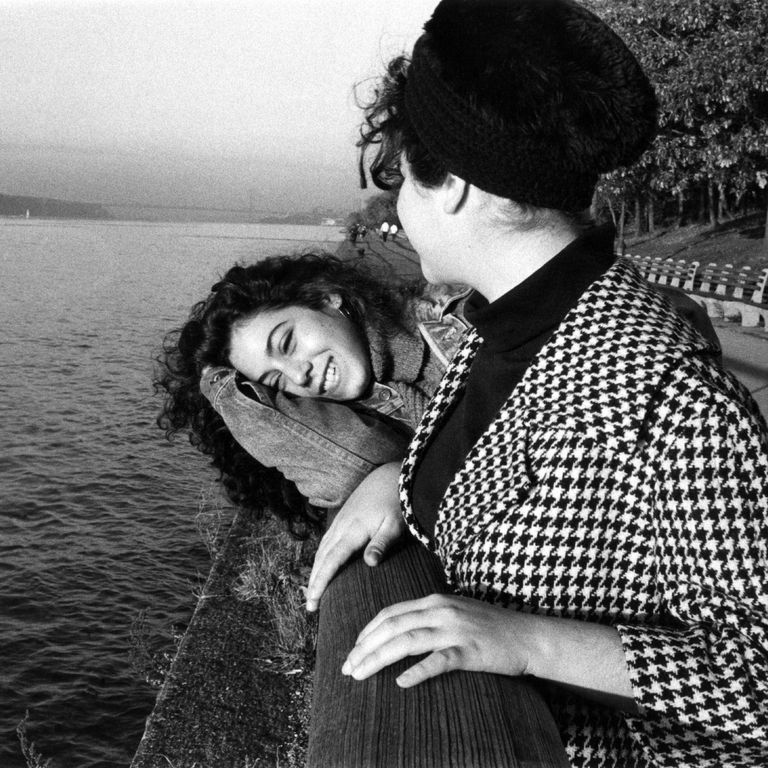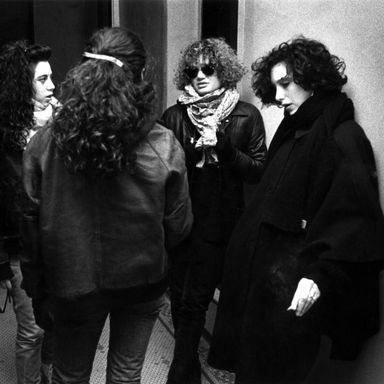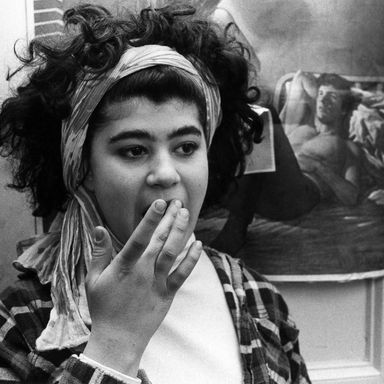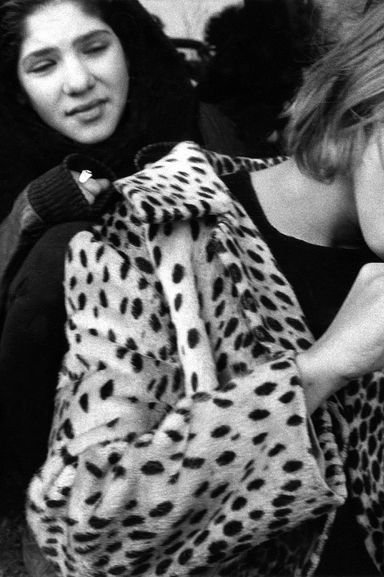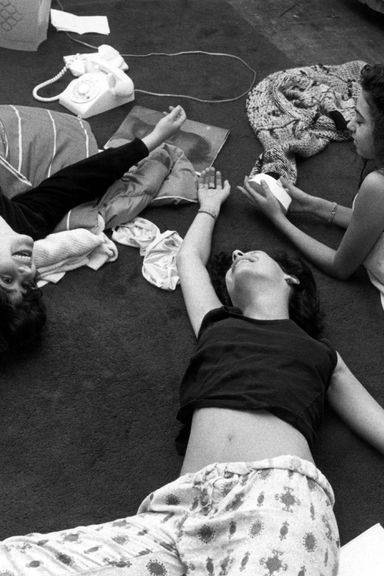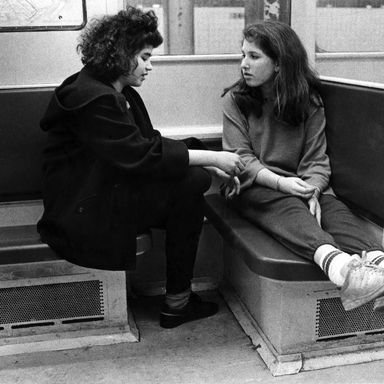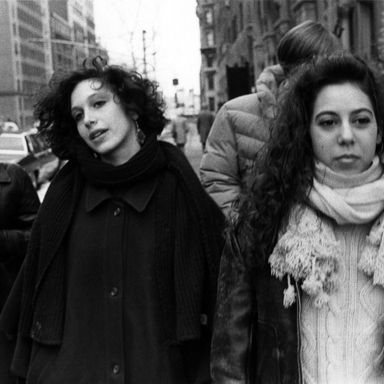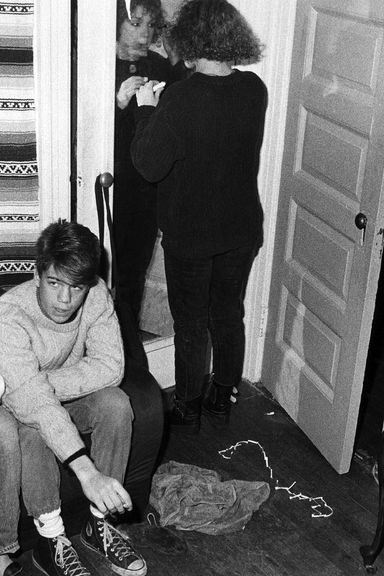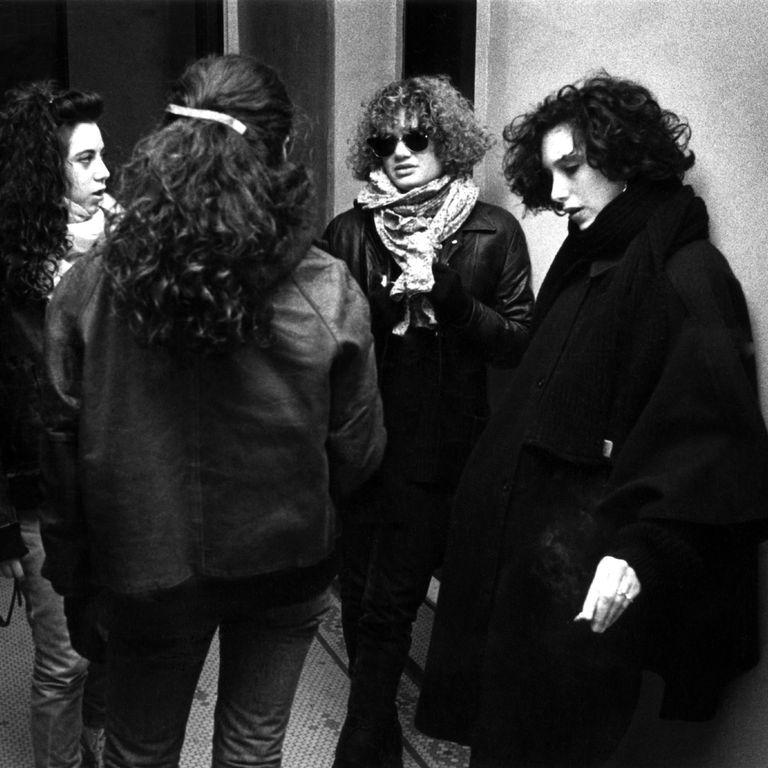See a Group of Friends Grow Up Over 30 Years
This week the Cut explores the messy, loving, spiteful, supportive, competitive, joyful, and funny sides of friendship.
In 1985, the photographer Karen Marshall began documenting the friendship of a group of teenage girls living on the Upper West Side. She’d been introduced to Molly Brover, a 16-year-old junior at the Bronx High School of Science, by a family friend, and, interested in capturing the emotional dynamics of adolescent female friendship, asked whether she could photograph Molly and her friends. Molly agreed, and Marshall, who was in her mid-20s at the time, began spending time with the teenagers on a regular basis and documenting the mundane rituals of their friendship: hanging out on the weekends, walking in Riverside Park, getting ready to go out, smoking after school.
Ten months later, Molly was hit by a car and killed while on vacation in Cape Cod. Marshall, who had become close with Molly, was devastated — but resolved to keep the project going. “I realized that Molly would remain 17, and the rest of them would become women,” she told the Cut. “That’s really the premise for why I decided I would continue to document them in various ways over the years to come.” Marshall has remained in touch with the core group of friends for the past three decades — and has not only continued to photograph them, but has interviewed and filmed them, as well. This fall, she’ll display the resulting multimedia project, Between Girls: A Passage to Womanhood — which includes images of the girls at 16 and 17, an audio recording of the friends from 1990, and a video featuring interviews with four of the women in 2008 — in full for the first time at Hampshire College.
The Cut spoke with Marshall about the intimacy of adolescent bonding, the visual language of female friendship, and how the project has evolved over the past 30 years.
How did the project start?
My idea was to look at the emotional bonding that happens between girls at age 16. I wanted to work on a documentary project, and was curious about the emblematic relationships that happen between girls, and how that could be articulated in photographs. I made a conscious decision that I was going to seek out a group of girls in New York, where I lived. I started asking around. My friend’s husband thought of Molly, who had babysat for their infant. He was friends with her parents, and knew that she had an enormous personality.
The first time I met Molly, she was with her friend Jen. They both lived on the Upper West Side, and they were neighborhood and childhood friends. Molly went to the Bronx High School of Science, and Jen went to LaGuardia High School of Music and Art. Their friendship group had sort of an amoeba quality — which at that age is very common — of girls from both schools. I told Molly that I wanted to photograph them, and they let me in. They thought it was a great idea.
What about this group of girls intrigued you?
They were extraordinarily articulate women, even back then. They were strong personalities, and the lens gravitated toward them. They weren’t self-conscious. They didn’t change what they were doing for the camera, so as a photographer and observer I was able to be a fly on the wall. It was just very easy for me to be there. They were smart and open and thoughtful. I naturally got along with them.
What was your relationship with them like?
I was the older-sister-kind-of-cool-somebody … I wasn’t old enough to be their mother, but I was a bit too old to be their sister. I would try to meet them at least once a week. If they were having a sleepover, I might show up Saturday at noon and hang out with them for three or four hours. The 1980s were a different time — there wasn’t as much paranoia about minors being photographed. I felt comfortable right away when Molly gave me permission to come over and start photographing her — though, I also felt comfortable because our connection was through a family friend. It was a different world. I was never feeling worried that I didn’t have parental permission to be there.
What do you think drew them to each other as friends?
They’re all very thoughtful, perceptive, people-oriented women who think about and care about relationships and friends. They were all the type of people who were very engaged in friendships, which was exactly what I was looking to photograph. Some people go through adolescence and they’re much more loners who are awkward and don’t really socialize, but all of these girls were social.
What aspects of their friendship were you most interested in capturing?
I believe that there’s a language that women share with each other that is really hard to articulate. It’s almost a cryptic dialogue. It’s hard to explain. People say, “Women get together and talk all the time. What do they talk about?” They just talk things out in a way that’s very specifically about what girls or women tend to do. I was interested in the ways that girls spend time together during those coming-of-age years, and how they share ideas.
How were the friendships within the group affected by Molly’s death?
Obviously when these kinds of things happen, they are quite a shock. She was killed in July between her junior and senior year, which was in and of itself disjointed, because people were off doing their different summer things. Everyone had really different reactions. When I’ve asked the other women about it over the last few decades, most of them say that they still haven’t completely grappled with it. For some, there were friendships that got severed, and they never went back to being the same friends, because when they would see each other they would feel the pain and loss of Molly. I think there were some friendships that didn’t continue in the same way because of that. But, when you’re going into senior year of high school, sometimes you’re going in different directions already, so it’s hard to know in the end.
Personally, I was devastated. I had gained access and entry into this young woman’s life. She was this larger-than-life personality, and the next minute she was no longer there. I also lost a good friend when I was in high school, and I started to realize that there are things that you do in your teenage-hood where you share all this angst and sadness and happiness — it’s kind of like you’re finding a surrogate family. You’re mourning the end of your childhood as much as you’re super-excited about going forward. And when things like this happen, you end up staying connected to everybody because of it.
How did the project evolve after that?
After Molly died, we were all traumatized. It was hard to see them, so there was much less photographing, but on occasion I still did. At the end of their senior year, I reengaged with a lot of them. I photographed the prep for a couple of proms and a graduation — that kind of thing. A couple of years later I decided to make an audio companion for the project. The girls were very articulate, but if I wrote the quotes that they said, it didn’t translate, so I created a 12.5-minute audio piece in 1990. They were in college at the time, so not everyone participated. Then for several years I had the idea that I was going to make a film, and I started filming them in varying installments — I photographed their weddings, and having babies, and other random times throughout the years. I became interested in the technology of new media and the creative ways it can extend a visual story. I love their voices, and how they go along with the still images. I think it’s pretty powerful. It’s really a meditation on friendship.
How much do you think the project is influenced by the time and location in which you began shooting — New York in the ‘80s?
Certainly growing up in an urban environment is very different than growing up in the suburbs. You’re much more influenced by the rest of the world. I photographed kids hanging out on the Upper West Side in 1985, ‘86 and certainly in the mid-’80s; things in New York were very different than they are now. And certainly people could afford to be middle class and raise their kids in affordable housing. All these kids went to public school and most of their mothers worked. But, that being said, I raised a daughter in Manhattan two decades later, and she graduated from LaGuardia High School of Music and Art in 2010. It was interesting, because all of a sudden there would be a group of girls at my house doing exactly the same thing that I photographed 20 years ago. Even though my daughter and her friends had Facebook and phones and texting, I don’t really know if in the end it’s all that much different. I think there’s a special bond that women often have with each other. It’s hard to explain that, but being able to look at it visually makes it really clear.
